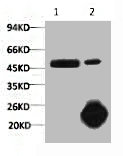![WB analysis of active 293 (lane 2) and inactive 293 cell lysate(lane 1) using GTX30245 Caspase 9 antibody [LAP6 96-2-22]. WB analysis of active 293 (lane 2) and inactive 293 cell lysate(lane 1) using GTX30245 Caspase 9 antibody [LAP6 96-2-22].](https://www.genetex.com/upload/website/prouct_img/normal/GTX30245/GTX30245_1377_WB_w_23060722_265.webp)
WB analysis of active 293 (lane 2) and inactive 293 cell lysate(lane 1) using GTX30245 Caspase 9 antibody [LAP6 96-2-22].
Caspase 9 antibody [LAP6 96-2-22]
GTX30245
ApplicationsImmunoFluorescence, Western Blot, ImmunoCytoChemistry, ImmunoHistoChemistry, ImmunoHistoChemistry Paraffin
Product group Antibodies
TargetCASP9
Overview
- SupplierGeneTex
- Product NameCaspase 9 antibody [LAP6 96-2-22]
- Delivery Days Customer9
- Application Supplier NoteWB: 1:500 - 1:1000. ICC/IF: 1:50 - 1:250. IHC-P: 1:50 - 1:250. *Optimal dilutions/concentrations should be determined by the researcher.Not tested in other applications.
- ApplicationsImmunoFluorescence, Western Blot, ImmunoCytoChemistry, ImmunoHistoChemistry, ImmunoHistoChemistry Paraffin
- CertificationResearch Use Only
- ClonalityMonoclonal
- Clone IDLAP6 96-2-22
- ConjugateUnconjugated
- Gene ID842
- Target nameCASP9
- Target descriptioncaspase 9
- Target synonymsAPAF-3, APAF3, ICE-LAP6, MCH6, PPP1R56, caspase-9, ICE-like apoptotic protease 6, apoptotic protease MCH-6, apoptotic protease activating factor 3, caspase 9, apoptosis-related cysteine peptidase, protein phosphatase 1, regulatory subunit 56
- HostMouse
- IsotypeIgG1
- Protein IDP55211
- Protein NameCaspase-9
- Scientific DescriptionThis gene encodes a member of the cysteine-aspartic acid protease (caspase) family. Sequential activation of caspases plays a central role in the execution-phase of cell apoptosis. Caspases exist as inactive proenzymes which undergo proteolytic processing at conserved aspartic residues to produce two subunits, large and small, that dimerize to form the active enzyme. This protein is processed by caspase APAF1; this step is thought to be one of the earliest in the caspase activation cascade. Alternative splicing results in two transcript variants which encode different isoforms. [provided by RefSeq]
- Storage Instruction-20°C or -80°C,2°C to 8°C
- UNSPSC12352203

![WB analysis of Jurkat (A) and HeLa (B) cell lysate using GTX30245 Caspase 9 antibody [LAP6 96-2-22]. Dilution : 1 : 500 WB analysis of Jurkat (A) and HeLa (B) cell lysate using GTX30245 Caspase 9 antibody [LAP6 96-2-22]. Dilution : 1 : 500](https://www.genetex.com/upload/website/prouct_img/normal/GTX30245/GTX30245_1378_WB_w_23060722_759.webp)
![ICC/IF analysis of HeLa cells using GTX30245 Caspase 9 antibody [LAP6 96-2-22]. Green : primary antibody Red : Tubulin Blue : DAPI ICC/IF analysis of HeLa cells using GTX30245 Caspase 9 antibody [LAP6 96-2-22]. Green : primary antibody Red : Tubulin Blue : DAPI](https://www.genetex.com/upload/website/prouct_img/normal/GTX30245/GTX30245_200_ICC-IF_w_23060722_566.webp)
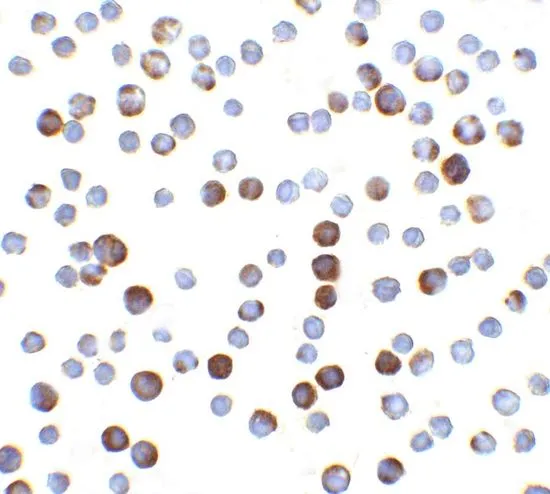
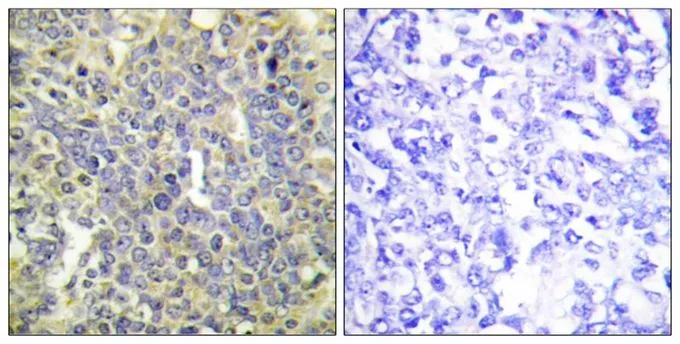
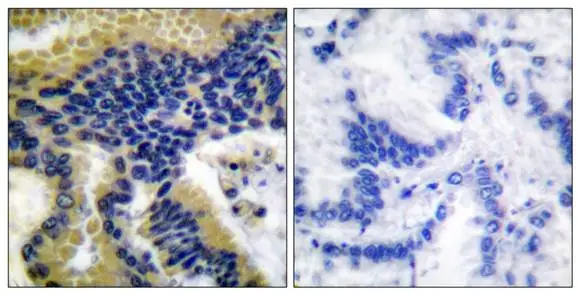
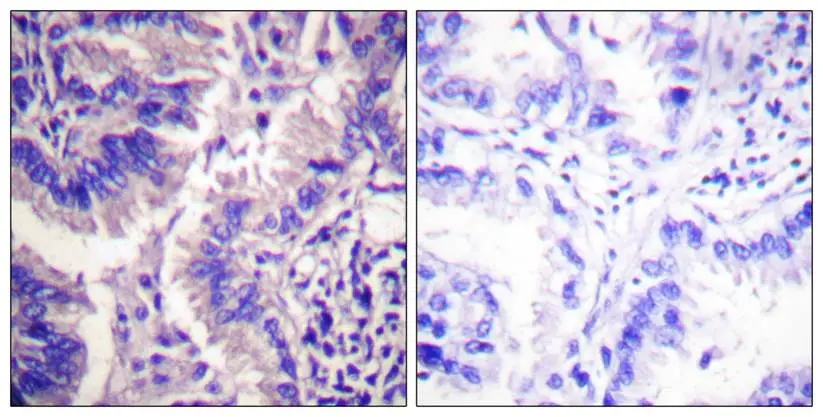
![IHC-P analysis of human stomach cancer tissue using GTX34168 Caspase 9 antibody [3-20]. Negative control (the lower left coner) was secondary antibody only. Antigen retrieval : Sodium citrate pH6.0 was used for antibody retrieval (>98oC, 20min) Dilution : 1:200](https://www.genetex.com/upload/website/prouct_img/normal/GTX34168/GTX34168_20200622_IHC-P_031_w_23060801_362.webp)
